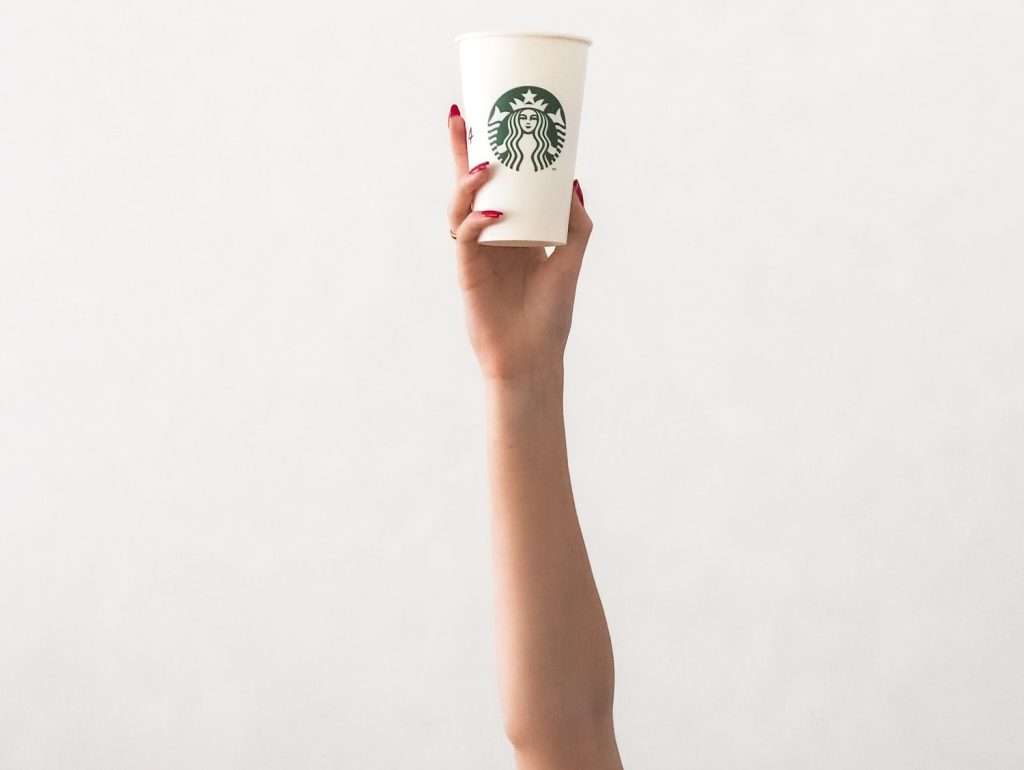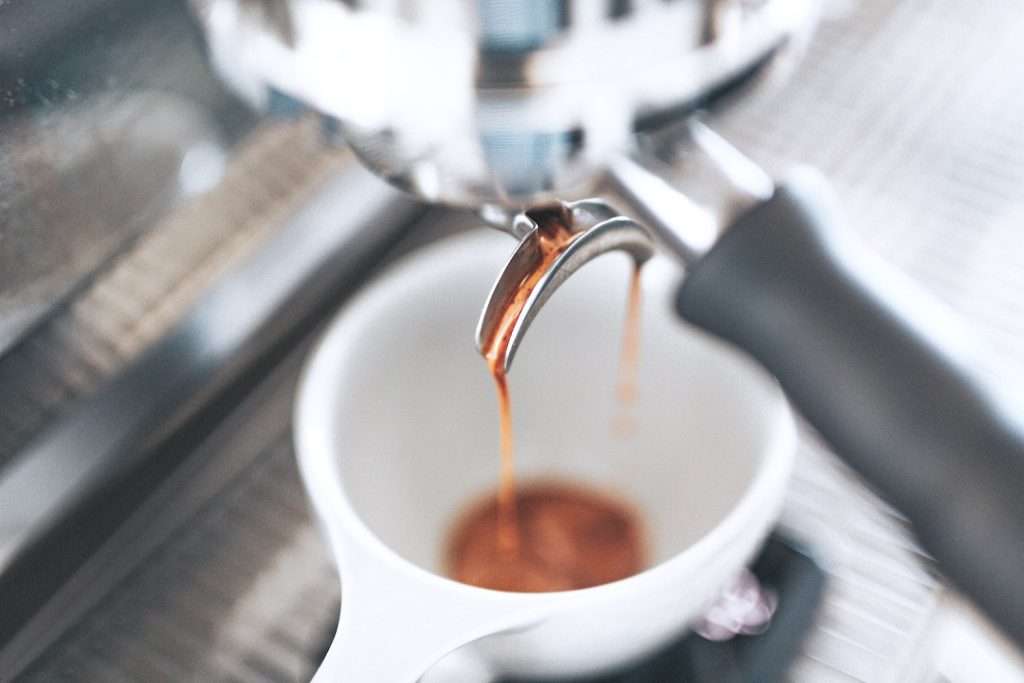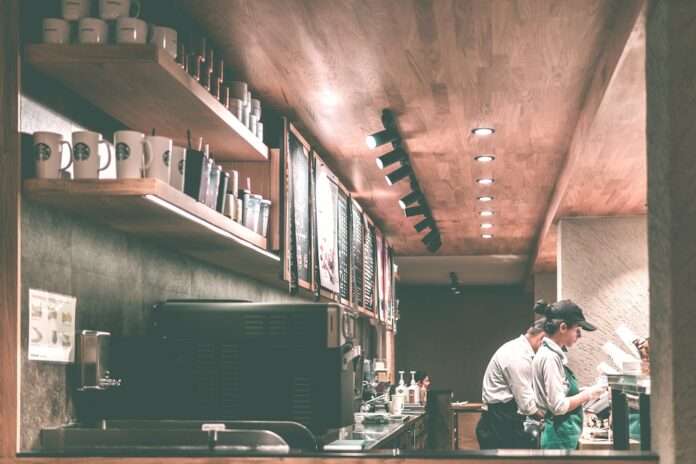Starbucks is testing an ambitious initiative in Napa and Petaluma, California, to promote sustainability through the use of reusable cups.
In a pilot that will last for ten weeks, twelve Starbucks locations across Northern California will begin offering a reusable model, giving customers the option to borrow a free reusable to-go cup, which can be returned the next time they purchase coffee.
“Our big vision for the future is, what if every Starbucks beverage is served in a reusable cup?” Amy Wang, director for global reusables strategy at Starbucks, said in a statement.
‘Borrow A Cup’
The “Borrow A Cup” program represents an early phase in realizing the company’s vision and is part of Starbucks’ broader commitment to halve its waste by the end of the decade.
Reusable cups could make a significant dent in the leading coffee chain’s use of single-use cups, which total about six billion annually across its more than 35,000 stores globally.

The pilot in California will inform further reusable tests slated to launch internationally in the coming months. Starbucks customers have the choice of using in-store ceramic mugs or reusable cups, but if they lack one or forget to bring it, the new reusable cups will be available free of charge. Upon returning the cup in a QR-code-enabled bin, customers are eligible for a chance to win a Starbucks gift card.
The cups, made from polypropylene, can be reused up to 120 times before recycling. They may be recycled in municipalities where Number 5 plastic is accepted.
Starbucks says it is also planning to expand personal reusable cup usage — something the chain already allows — by offering discounts on drinks. Next year, it will allow customers in the U.S. and Canada to use their own personal cups in drive-through, mobile orders, and cafes.
The effort to make carrying reusable mugs a common habit presents a cultural challenge. But supermarkets have been largely successful in encouraging reusable tote bags and Wang says that adding that the borrow-a-cup model may ease the necessity of carrying cups, leading to wider adoption.

In addition to the borrow-a-cup model, Starbucks is working to make reusables a common sight, as Wang notes, “For customers, seeing is believing — if reusable cups are offered and used more, customers will start thinking about it for every visit as the norm.”
Clean cup tech
The reusable cups will be collected, cleaned, and sanitized in a custom mobile truck, ready to be transported to other stores, and reused repeatedly. The cleaning process is made efficient by technology in the mobile truck that enables washing the cups five times faster than a traditional dishwasher. This system also monitors the number of returned cups and evaluates the environmental advantages.
Turn Systems, a company specializing in reuse systems, partnered with Starbucks to execute the pilot. Turn founder Ryan Everton emphasized the technological requirements for large-scale reuse.

“Anyone can wash your cup, obviously, at home in your dishwasher or by hand,” Everton said. “But when you talk about hundreds of thousands, up to millions of cups — and Starbucks is going into the billions — you really need some technology in order to get us there.”
Turn, which previously collaborated with Live Nation and Delta Airlines, aims to understand how to motivate people to return reusable cups after leaving the store.
Starbucks is exploring various incentives, as Wang explains, “To achieve long-term behavior change, there must be multiple motivators, functional and emotional, consistently to drive routine adoption.”
Related on Ethos:


